
My first attempt with
colored pencils
As early as 1980, Uwe W. Jack began his first attempts to
make color drawings of airplanes for a magazine article.
These were drawn on paper with colored pencils.
It was a particular challenge to achieve the historical color
tones by mixing several colored pencils - which
unfortunately was often not successful. Three examples
out of a dozen made are shown here.
All drawings on this page are not to scale and copyrighted!
Graphics
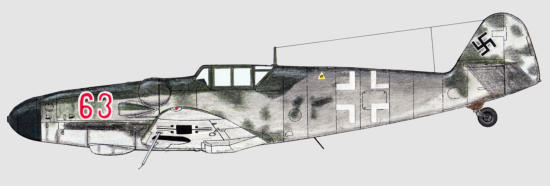
Messerschmitt Bf 109 G-6 (or G-14)
Flight school aircraft, end of 1944 filmed for the German
newsreel in flight.

Messerschmitt Bf 109 G-6 (or G-14)
Flight school aircraft, found by US forces in May 1945.
Messerschmitt Bf 109 G-5
Flight school aircraft, registration PL+KR. In 1944
photographed with “yellow 65” and “black 17”.



In the computer age
After some experiments with different graphics
software in the 1990s just for fun, I put painting
color profiles aside for about ten years.
For articles in the German FliegerRevue magazine,
I created color drawings with CorelDraw, colored
them in this software and reworked the drawings
with Photoshop. Shadows and highlights were
added there.
Arado Ar 96 B
Liaison aircraft of the Hungarian Air Force, 2nd Air Brigade,
at the eastern front in autumn 1942.
Fiat C.R.42
Hungarian Air Force, Fighter Squadron 1/4, at the
eastern front in autumn 1941.
Heinkel He 58
Mail service aircraft, based on the steam liner “Bremen”. Launched by catapult, the
He 58 was build in only one example and flew for the first time in 1930.
Although authors have long argued about whether the plane was painted red or blue,
it was painted yellow, as a close examination of photos shows.




The art of painting with a
computer
I keep creating the drawings with CorelDraw. But all
colored work is now done with Photoshop. This
gives me more freedom in the color tones.
Henschel Hs 123
Still in pre-war camouflage, this Hs 123 was flow as
a flight trainer at the flight school Werder/Havel
near Berlin, in 1940.
Messerschmitt Me 163 B
Rocket fighter of 1. Jagdgeschwader JG 400 in
November 1944, based at Stargard airfield.
Messerschmitt Bf 110 E
Zerstörergeschwader ZG 76, spring 1942. Note longer
tail in which an inflatable boat was housed.
Messerschmitt Bf 110 G
Night fighter of 11./NJG 1 with serial 720410 in the summer of 1944
in the Netherlands. Flown by Martin Drewes, whose Knights Cross
after 25 victories plus additional 20 victories are noted on the fin.
Messerschmitt Me 262 A-1
Aircraft of III. Gruppe of Ergänzungsjagdgeschwader EJG 2
at Lechfeld in April 1945. This unit re-trained pilots to fly jets.
The white S stands for “Schulung” (training).
Messerschmitt Me 262 A-1
Belonging to the famous Jagdverband JV 44, this aircraft
was found at Salzburg, Austria in May 1945.
Messerschmitt Me 262 B-1a
Serial 111643, B3+ZM, this two-seat trainer was flown by
Kampfgeschwader KG(J) 54 in Bohemia in April 1945. The
aircraft obviously had an accident in which the nose had to
be replaced.
Reichenberg Re 3
Trainer version for the piloted suicide aircraft Reichenberg
(modified V-1 flying bomb), found by british troops at Tramm
in central Germany.
Blohm & Voss Bv 138 C
Flown by 3./SAGr 130 (Sea Reconnaissance Group), this aircraft
(coded P4+HL from Transportstaffel Nord) was discovered at the
war’s end at Copenhagen, Denmark. It is most likely the aircraft that
was sent to pick up the messenger with Hitler’s last will in the night
of May 1st to 2nd from the Havel river in Berlin. Because he did not
know the correct password, the pilot refused to let him aboard.

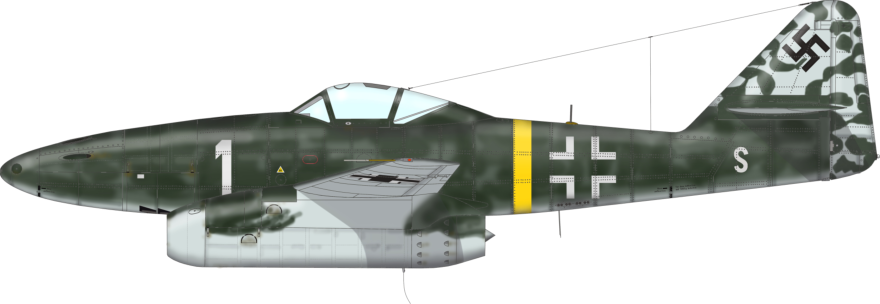
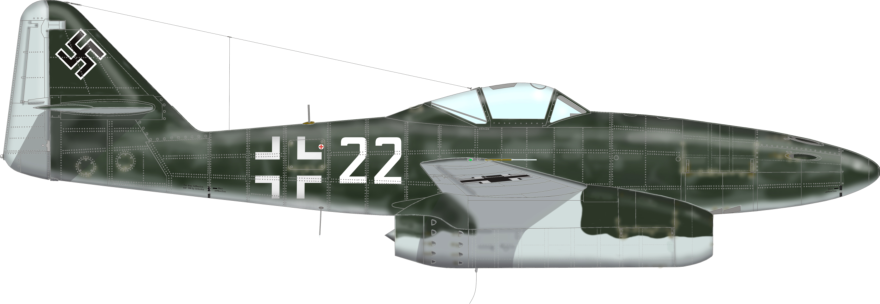

Classic painting with oil paints
Since I was not satisfied with the colored pencil drawings, I tried
to create color profiles with oil paints. It always took a very long
time and the results were even worse.
After watching Bob Ross's painting class on television, I had the
idea to paint airplanes in flight with oils. Until the end of the
1980s I produced a few paintings. But I have to admit that I'm not
a gifted oil artist - that's how I stopped this hobby.
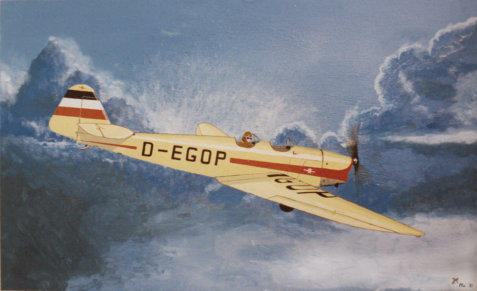
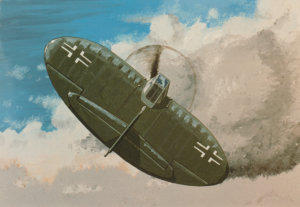

Klemm L 25
This aircraft was transported with Zeppelin LZ129 to
South-America on a promotion tour.
Sack AS-6
Homebuild circular aircraft designed by Arthur
Sack, with one prototype build at Brandis near
Leipzig. Tests in 1944 showed, that this
vehicle was completely unstable and never
made it into the air.
Junkers Ju 287
Third prototype of the Luftwaffe’s last jet
bomber project. Was not completed and
parts destroyed at the war’s end. A
modification was build and flown in the Soviet
Union as the EF 131.

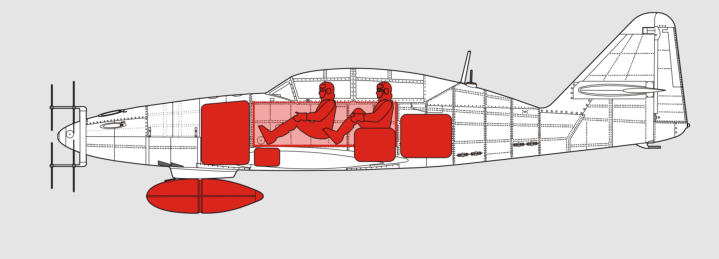

Info graphics
For special purposes it is necessary to make
explanatory drawings. Some of my publications
would not work without such drawings.
Messerschmitt Me 262 B trainer and night fighter
Many people believe that a 262 night fighter is simply a trainer with
added Radar device. This is not true. For the nicht fighter the rear
cockpit was shortened and all controls removed. This made it
possible to install an additional tank behind the Radar operator.
Behne Buzz-Flyer
In April 1939 Heinrich Friedrich Wilhelm Behne filed a patent for a
one man flying device. Based on the priciple of the Voith-
Schneider-Propeller used by ships up to today, German
paratroopers should be able to fly directly into heavily defended
positions with this device. No flight test is known.










